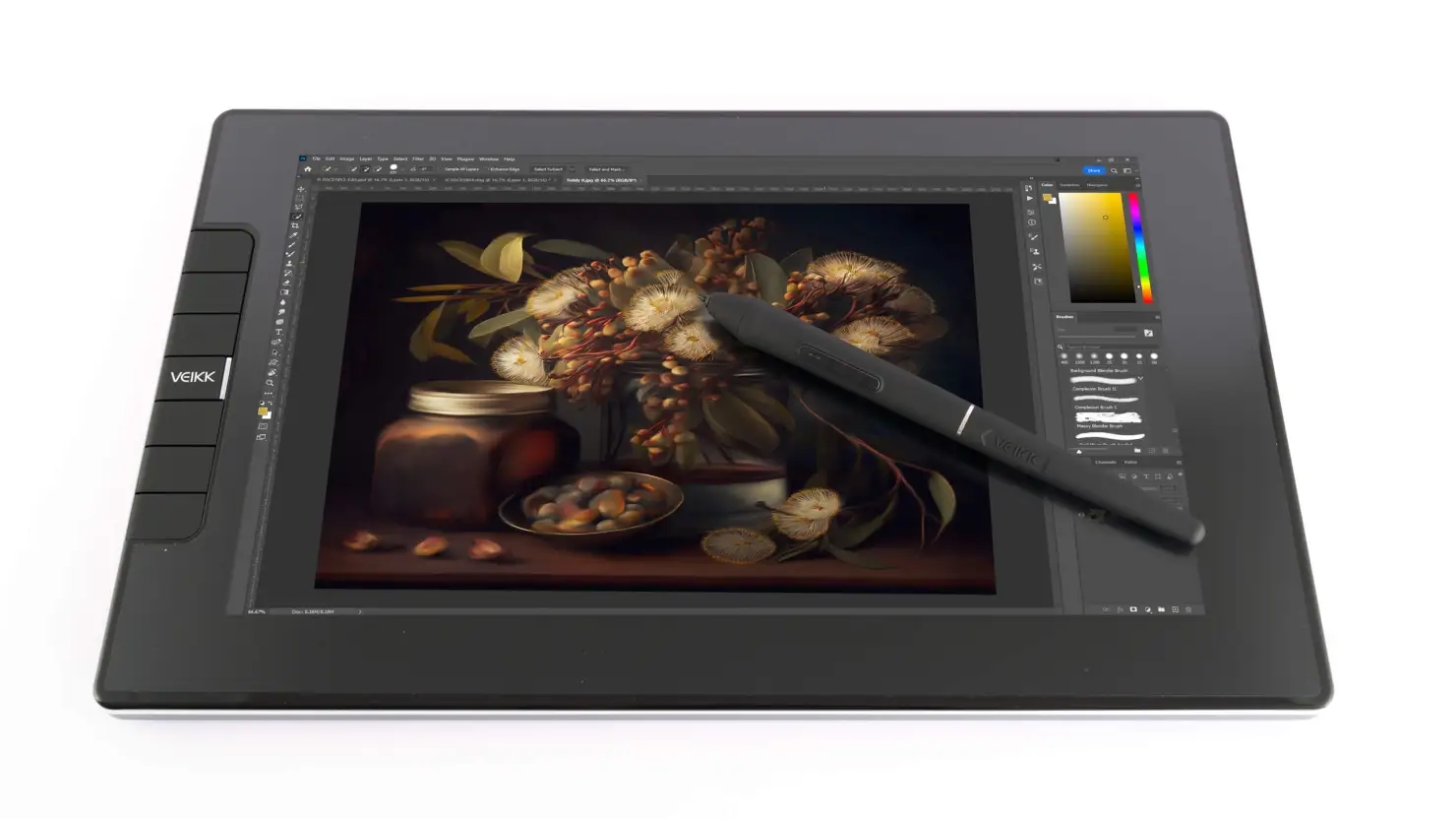
Digital art and design require selecting the appropriate tool, while post-processing photographs requires post-processing tools that suit the task at hand. A mouse or pen display are both popular options – knowing their respective advantages and disadvantages is key to making an informed decision that meets your individual needs.
Since its invention in the 1980s, computer mice have been an essential tool in digital design. Easy and intuitive for most people to use, they allow users to click, drag, and drop objects onto their computer screens – perfect for web browsing, document editing, and basic graphic design tasks.
One of the chief advantages of mice is their affordability: you can purchase high-quality mice for a fraction of what it would cost to purchase a pen display. Furthermore, mice are widely available and compatible with virtually every computer system available – making them an excellent choice for people who use multiple devices simultaneously.
However, mouses do have some drawbacks that should be considered before purchasing one. First off, they’re not ideal for tasks requiring precision like drawing or painting; with mouse control it may be difficult to create flowing lines, necessitating additional time editing your work to achieve the desired effect. Furthermore, using them over extended periods may lead to hand and wrist fatigue making prolonged mouse use uncomfortably long for some.
Pen Display: An Innovative Solution
Pen displays have become an increasingly popular tool among digital artists, designers and photographers in recent years. A pen display is basically a computer monitor on which users can use stylus pens to draw directly on, providing digital artists and designers with all of the precision and control of traditional pen and paper art creation.
One of the main advantages of pen displays is their incredible level of precision. You can create detailed, intricate designs quickly with an effective stylus pen. Furthermore, drawing directly on screen means you can see exactly where your pen is going for more natural-looking lines and shapes; plus there’s pressure sensitivity so editing can become effortless.
Pen displays offer another benefit in their ergonomic design: drawing directly on the screen allows users to maintain more natural posture and hand positioning, helping reduce hand and wrist fatigue when working long hours on projects. This feature can especially assist artists, designers, and photographers working long hours on their projects.
However, using a pen display has its downsides. First of all, they may be more costly than mouse – some high-quality pen have cost thousands of dollars in the past! Now however, there are much cheaper alternatives that work great too. Additionally, pen may require additional software or drivers in order to function as intended.
Making the Right Selection
Selecting between a mouse and pen display depends entirely upon individual needs and preferences; no single choice can meet every circumstance.
If your budget is tight or you primarily work with text-based documents, a mouse may be your ideal solution. A mouse is an affordable tool capable of handling most basic digital tasks efficiently.
However, for digital artists and photographers who prioritize precision and control over aesthetics, pen displays may be the superior option. They allow for intricate designs with ease while helping reduce hand and wrist fatigue during long work sessions.
Decisions between mouse and pen displays ultimately depend on your unique needs and preferences. By understanding their respective advantages and disadvantages, you can make an informed choice that will help you meet your goals while producing high-quality work.
My Personal Preference
For writing, social media and correspondence tasks I always turn to my mouse – having used one for nearly 30 years it just feels natural! For photo retouching, editing and digital art though I find I cannot get past a tablet or pen display, though either would do just fine for me personally. For photo retouching/editing/digital art however the Veikk Viola L drawing tablet may provide the ideal middle ground; its cheaper alternative being the Veikk VK2200Pro model!



